Introduction to Men’s Waxing
Are you ready to embrace a smoother look? Waxing for men is becoming increasingly popular, providing a bold alternative to traditional trimming or shaving. Whether you’re looking to tidy up your back or sculpt your chest, this guide will help you understand what to expect during your waxing journey.
In this article, you’ll discover everything you need to know about waxing treatments specifically designed for men. From popular areas to prepare for, to aftercare tips for optimal results, we’ve got you covered. You might be surprised at how simple and effective waxing can be! Let’s dive into the world of men’s waxing and find out how you can achieve the smooth look you desire.




Is Chest Hair Removal for Men Worth the Pain?
Understanding WaxingWhen it comes to hair removal, waxing has emerged as a favored choice for many men. But what exactly does waxing entail? At its core, waxing involves applying a warm or cold substance to your skin that adheres to hair and pulls it out from the root. This method not only leaves you with smooth skin but also delays regrowth, typically lasting several weeks compared to the mere days of shaving.
Types of Wax
There are primarily two types of wax used in men’s waxing: soft wax and hard wax.
- Soft Wax: This type is applied thinly and removed with a cloth or paper strip. It’s ideal for larger areas like the back or chest and can efficiently cover wide surfaces.
- Hard Wax: A bit thicker, hard wax cools and hardens on the skin. It’s often used for sensitive areas or smaller patches since it can be pulled off without strips, making it less irritating for the skin.
Why Choose Waxing?
Men are increasingly opting for waxing for several reasons:
- Longer-Lasting Results: Waxing pulls hair out from the root, causing it to take longer to regrow compared to shaving, which only cuts hair at the skin’s surface.
- Smoother Skin: Unlike shaving, which can leave rough stubble, waxing provides a smoother finish that many men appreciate.
- Less Irritation: For those prone to razor burn or ingrown hairs, waxing can be a milder alternative since it doesn’t rely on blades that can irritate the skin.
- Fewer Touch-Ups: You may find yourself needing fewer hair removal sessions overall, saving time and effort.
Men from all walks of life find that the benefits of waxing add up, leading to a more polished appearance. It can become a regular part of your grooming routine, just like getting a haircut.
As you prepare for your first waxing session, knowing what to expect will help you feel more at ease. Next, we’ll explore how to prepare for that session to ensure the best possible experience.
When it comes to men’s waxing, there are several popular areas that many choose to target. Each area has its own reasons for being favored, along with unique pros and cons. Let’s break down some of these common spots.
Back
The back is one of the top areas men opt to wax, particularly for those with dense or coarse hair. A smooth back can enhance your body aesthetics and boost confidence, especially during summer.
Pros:
- Sleek Appearance: A hair-free back can create a cleaner look, especially when wearing tank tops or swimwear.
- Long-Lasting Results: With waxing, you won’t have to worry about back hair for several weeks.
Cons:
- Sensitivity: The back can be sensitive, and pain levels may vary based on individual pain tolerance.
Chest
Chest waxing is another favorite, appealing to those who want to highlight muscle definition or simply prefer a smoother look.
Pros:
- Definition: A hairless chest can draw attention to your physique during workouts or beach outings.
- Less Maintenance: Fewer touch-ups than shaving mean you can focus on more important things.
Cons:
- Regrowth: Hair can feel prickly as it grows back, which some find uncomfortable.
Legs
Men’s leg waxing is on the rise, especially among athletes or fitness enthusiasts. Whether for aesthetics or performance, smooth legs can make a difference.
Pros:
- Performance Improvement: Many athletes find that waxing their legs helps reduce friction and promote better muscle visibility.
- Longer Results: Similar to other areas, waxing leads to slower regrowth.
Cons:
- Time-Consuming: Waxing larger areas like the legs can take longer than smaller sections.
Other Regions
Don’t overlook other areas like the arms, belly, or even private regions. These spots also see a growing trend in waxing.
Pros:
- Boost Confidence: Removing unwanted hair can enhance your self-esteem and comfort levels.
- Less Irritation: Waxing may help prevent common issues like razor burn.
Cons:
- Pain Level: Sensitive spots can be a bit more painful during the waxing process.
For a gentle, effective wax to try at home, consider using products like the VEET Sugar Wax Strips for Women. They’re user-friendly and can make the process more accessible.
As you think about which areas you’d like to focus on, it’s important to understand how to prepare for your waxing session. Coming up next, we’ll guide you through everything you need to know to get ready.
Preparation for Your Waxing SessionGetting ready for your waxing appointment can make all the difference in ensuring a smooth experience and optimal results. Here’s how to prepare before you step into the salon.
Timing is Key
First, make sure your hair is at the right length for waxing. Ideally, it should be about a quarter-inch long—think about 2 to 3 weeks after your last shave. If your hair is too short, the wax may not adhere properly; too long, and the waxing process might be more painful.
Exfoliate Beforehand
Exfoliating a day or two before your appointment helps remove dead skin cells, allowing the wax to grip the hair better and reduce the chances of ingrown hairs. Use a gentle scrub or a loofah to prep your skin. Just remember to be kind to your skin and avoid any harsh methods.
Hydrate Your Skin
Keeping your skin hydrated and moisturized in the days leading up to your appointment can help reduce sensitivity. However, avoid applying moisturizer on the day of your waxing session—your skin should be clean and free of lotions so the wax adheres properly.
Avoid Certain Substances
To minimize discomfort, refrain from caffeine, alcohol, and any blood thinners (like ibuprofen) 24 hours before your appointment. These substances can increase skin sensitivity and enhance pain during waxing.
Communicate with Your Aesthetician
Don’t hesitate to discuss any skin concerns or allergies with your aesthetician. Being upfront leads to tailored advice and a more comfortable experience. They might even suggest using a soothing product before the wax, like the Cirepil Pre & Post Depilatory Oil, which can help ease any irritation.
Dress Comfortably
On the day of your appointment, wear loose-fitting clothing that allows for easy access to the targeted area. Tight clothes can cause skin irritation after waxing, so opt for something soft and comfy.
By following these tips, you’ll be well-prepared for your waxing session, setting the stage for a successful experience. Up next, let’s walk you through the waxing process itself, so you know exactly what to expect.
The Waxing Process ExplainedUnderstanding what happens during your waxing session can go a long way in alleviating any apprehension you might feel. Here’s a step-by-step look at what to expect, from the initial consultation to the final result.
Consultation
When you arrive at the waxing salon, your aesthetician will often start with a brief consultation. They’ll ask about your hair removal goals, any skin sensitivities, and prior waxing experiences. This is your time to share any concerns or questions you have, making sure you both are on the same page before the process begins.
Skin Preparation
Once you’re ready, the aesthetician will prepare your skin by cleansing the area to remove any oils or impurities. This step is crucial as it ensures the wax adheres properly. Some aestheticians may apply a light powder to absorb excess moisture, which helps in achieving optimal results.
Wax Application
Next, the waxing process begins! Depending on the area being treated, the aesthetician will choose either soft or hard wax. For larger areas like your back or chest, they’ll apply a thin layer of soft wax with a spatula and quickly cover it with a cloth strip. For smaller or sensitive zones, hard wax will be applied directly onto the skin and allowed to cool before being pulled off directly.
The Pull
Here comes the slightly intimidating part: the pull. The aesthetician will hold your skin taut and quickly remove the wax in the opposite direction of hair growth. While this can be uncomfortable, remember that the sensation is brief. Many find it’s less painful than anticipated, particularly with experienced hands.
Post-Waxing
After the waxing is done, your aesthetician may apply a soothing gel or lotion to calm any redness or irritation. Some recommend products containing aloe vera or tea tree oil, both known for their soothing properties. If you’re anxious about aftercare, don’t hesitate to ask how you can best maintain your skin post-session.
The Final Look
Once you’re done, you’ll get to see the results! You’ll likely leave feeling smooth and refreshed, with the knowledge that the effects can last several weeks. Your aesthetician may suggest scheduling your next appointment in about four to six weeks, when regrowth is optimal.
As you prepare to enjoy your freshly waxed skin, it’s important to consider how to care for it in the days following your appointment. Let’s explore aftercare practices that ensure your waxing results last and your skin stays healthy.
Aftercare for Best ResultsAfter your waxing session, taking care of your skin is just as important as the waxing process itself. Proper post-waxing care not only minimizes irritation but also helps you achieve the smooth finish you’re after. Here are the key steps to follow for effective aftercare.
Soothe Your Skin
Immediately after waxing, your skin might be red and sensitive. To calm any irritation, apply a soothing lotion or gel. Look for products that contain aloe vera or chamomile, as they are known for their calming effects. Avoid any harsh scrubs, acids, or exfoliants for at least 48 hours post-waxing.
Keep It Clean
For the first few days, maintain cleanliness by gently washing the waxed area with mild soap. Avoid hot baths or showers right after waxing, as heat can aggravate sensitive skin. Instead, opt for lukewarm water, and try to keep the area dry and clean to prevent irritation or infection.
Moisturize Regularly
Hydrating your skin is essential as it helps prevent dryness, which can lead to irritation. Use a lightweight, non-comedogenic moisturizer daily. Look for ingredients like hyaluronic acid or shea butter to keep the skin supple without clogging your pores.
Avoid Sun Exposure
Your skin will be more sensitive post-waxing, so it’s best to stay out of the sun for at least 24-48 hours. If you do need to be outside, wear sunscreen with a high SPF to protect your sensitive skin from UV rays.
Watch for In-Grown Hairs
To keep unwanted hairs from growing back under the skin, consider gently exfoliating a few days after waxing. However, wait until your skin has settled down — usually about three days later. Using a soft scrub or exfoliating glove can help maintain smooth skin and reduce the occurrence of ingrown hairs.
This gentle aftercare can help soothe irritation and reduce the appearance of bumps.
By factoring these aftercare practices into your routine, you’ll enjoy your waxing experience longer and keep your skin happy. Ready to find out more about what people commonly ask when it comes to men’s waxing? Let’s dive into some frequently asked questions next!
Frequently Asked QuestionsWhen considering waxing, you may have a lot of questions. Let’s address some common concerns about men’s waxing, such as the pain levels, how long results last, and who it’s suitable for.
How Painful is Waxing?
Many people wonder about the pain involved in waxing, especially in sensitive areas. While discomfort is often a concern, it’s important to remember that pain levels vary based on individual tolerance and experience. Generally, waxing feels like a sharp pull, but the sensation is brief. Some find the process to be less painful than they expected, largely dependent on the method and speed used by the aesthetician.
How Long Do Results Last?
One of the most appealing aspects of waxing is its longevity. Typically, results last between three to six weeks, depending on your hair growth cycle. After consistent waxing, you may even notice hair regrowth becoming softer and sparser over time, making each session less daunting.
Is Waxing Suitable for Sensitive Skin?
Waxing can be suitable for sensitive skin; however, it’s crucial to communicate with your aesthetician about any skin conditions or allergies. They can often adjust their techniques and products accordingly—choosing gentle waxes or pre- and post-treatment products specifically designed for sensitive skin types. If you’re unsure, consider doing a patch test on a small area first.
Can Men with Body Hair Wax Their Back or Chest?
Absolutely! Waxing is a popular choice for men looking to manage body hair on areas like the back or chest. Many men feel more comfortable and confident with less hair in these areas, especially during warm weather or athletic activities. Just make sure to find an experienced aesthetician who is comfortable working with male clients to ensure the best experience.
What if I Have an Ingrown Hair?
Ingrown hairs can occur with any hair removal process. If you do experience them, treat the area with a gentle exfoliate to free trapped hairs. You might also consider products like [product title=’Tend Skin Razor Bump Solution’] to help minimize bumps and irritation.
With these questions answered, you can feel more informed and ready for your waxing journey. Ready to wrap things up and dive into how to make the most of your waxing experience? Let’s take a closer look!
Wrapping Up Your Waxing Journey
As you consider getting waxed, remember that education and preparation can lead to a smooth, comfortable experience. You’ve learned about the benefits of waxing, the various areas you can target, and how to properly care for your skin before and after the process. Embrace these insights as you embark on your waxing journey with confidence.
If you’re ready to say goodbye to unwanted hair, take the plunge! Schedule your appointment, breathe deeply, and enjoy the sleek results. Your skin deserves the best care, so treat it right, and you’ll reap the rewards of a fresh, groomed appearance. Happy waxing!


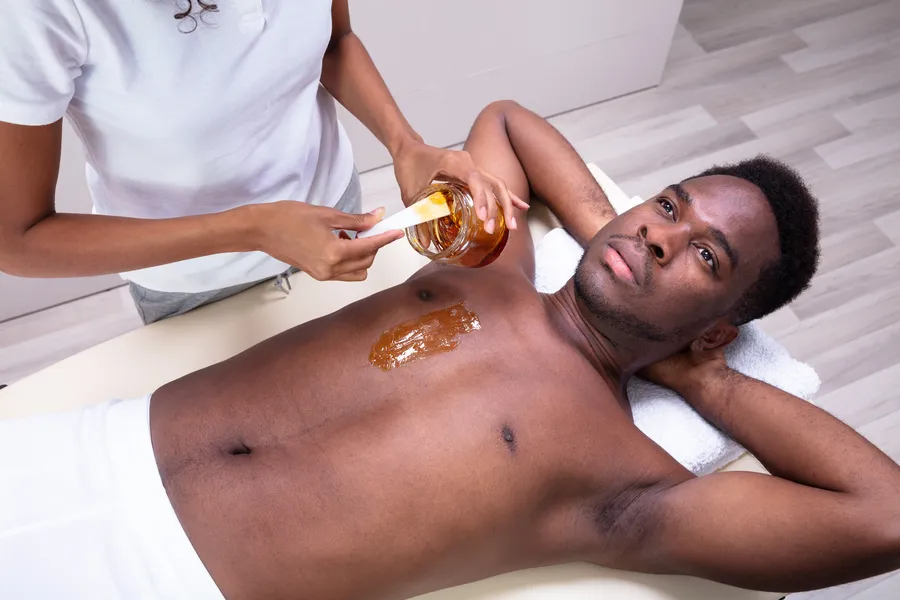

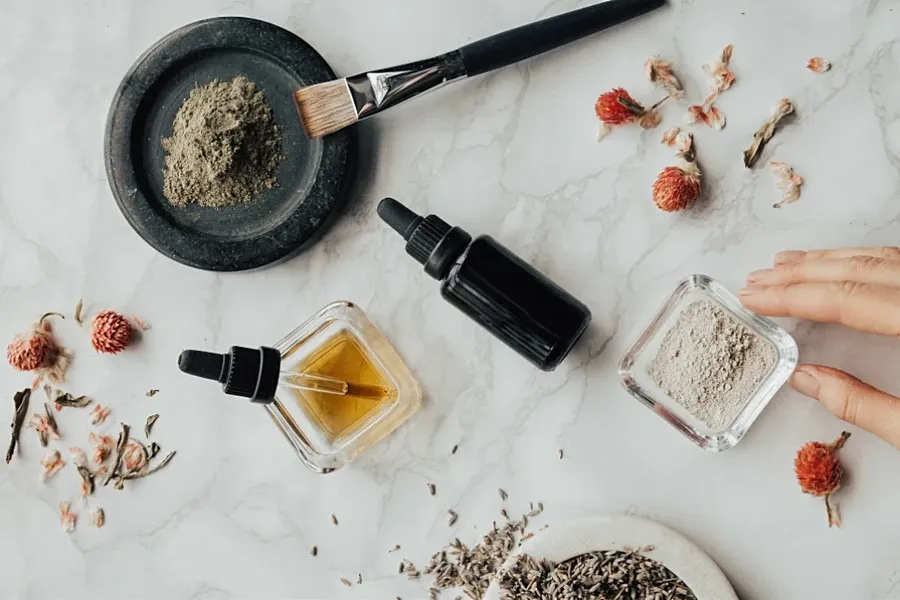
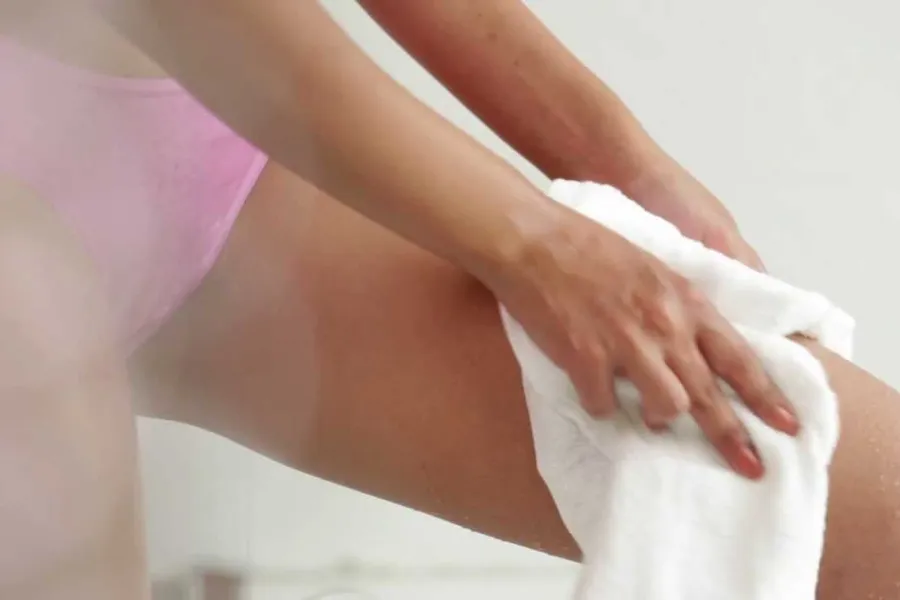
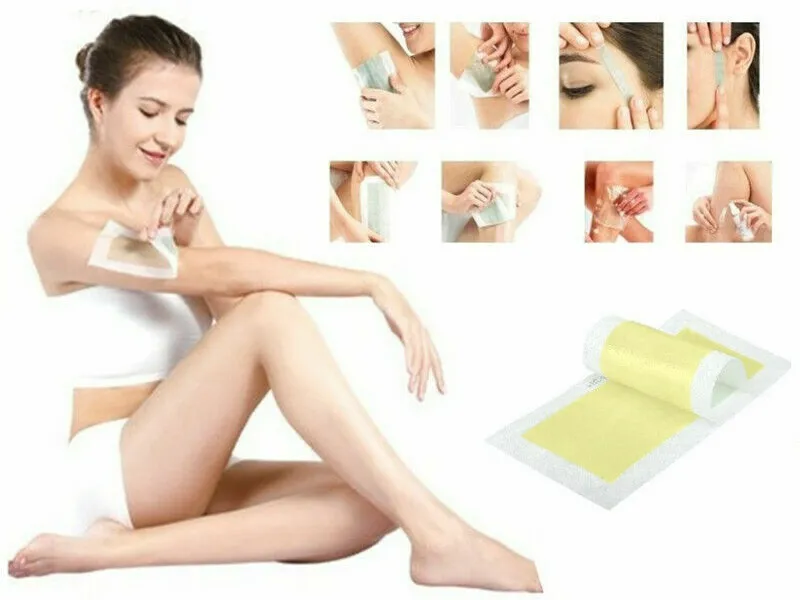
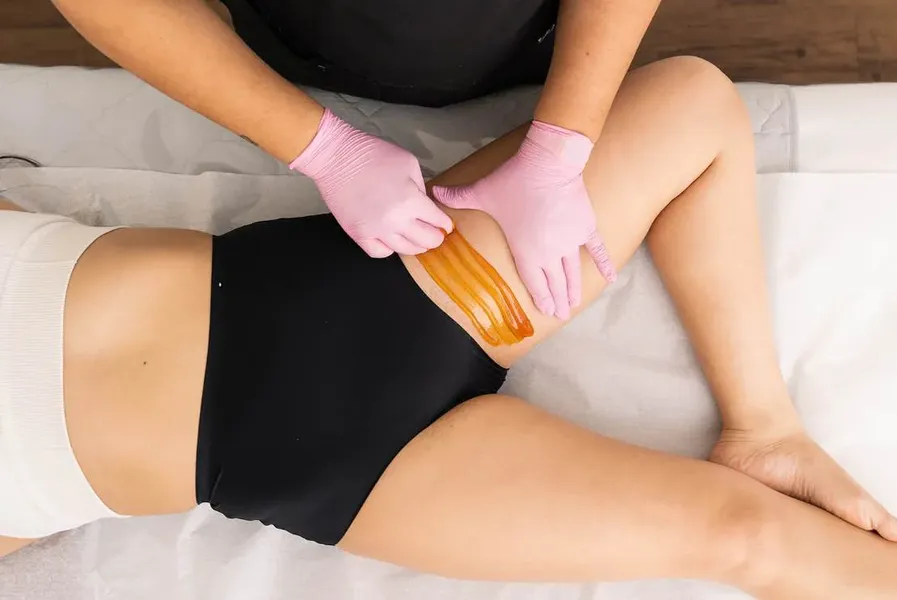

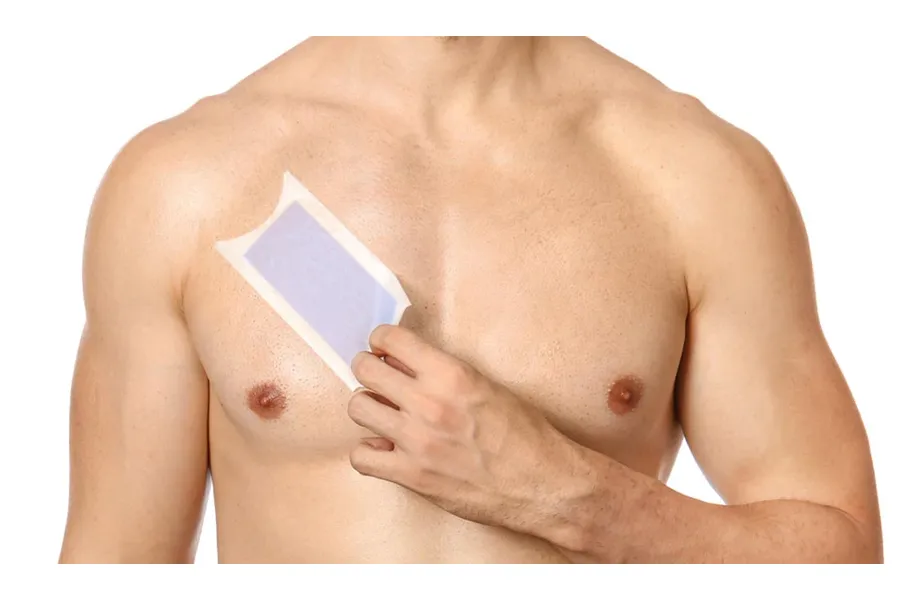
Definitely considering the Cirepil Pre & Post Depilatory Oil after reading this. Aftercare seems crucial! I’ve had bad experiences with ingrown hairs post-wax. Do you think it really helps?
Great question, Ella! Yes, the Cirepil oil can greatly help with irritation and reduce ingrown hairs. It’s worth a shot!
I used it last time and saw a HUGE difference! It really calmed my skin down. Just remember to use it after and not before!
I’ve been thinking about trying waxing, but I’m stuck between the VEET strips and the Nad’s for Men kit! Any recommendations? Do they really work for guys’ hair?
Hey Nina! Both have their pros and cons, but many find the Nad’s kit works better for thicker hair. It’s worth checking out!
And also just keep in mind that consistency is key! The more you wax, the easier it gets!
I’d go with the Nad’s for body for sure! It’s designed for guys, so it handles the hair Really well. Plus, they’re convenient!